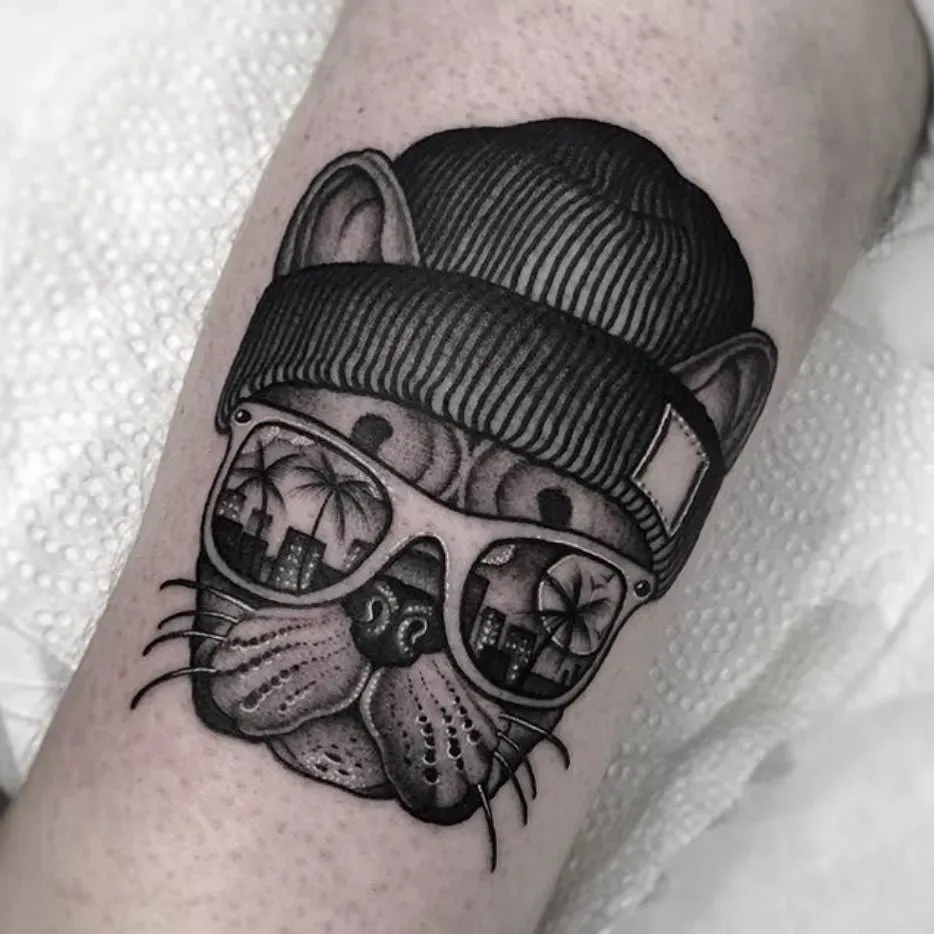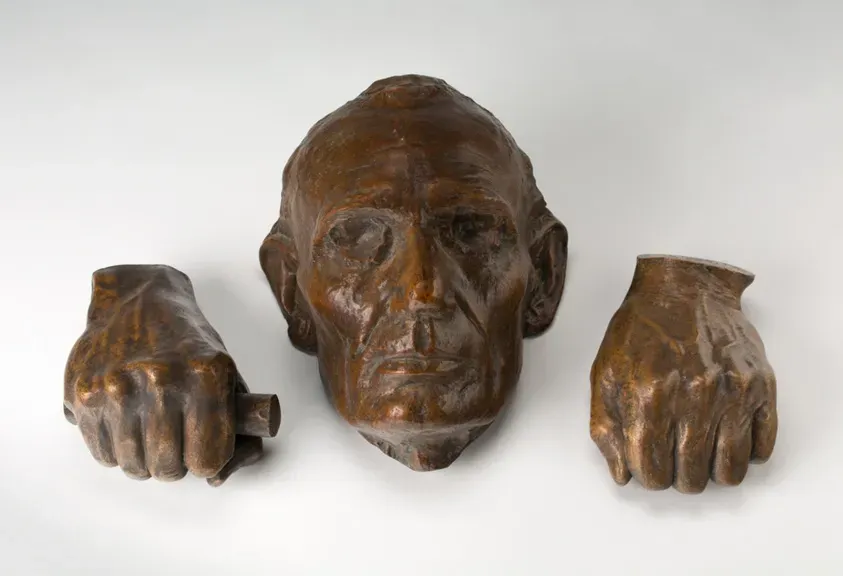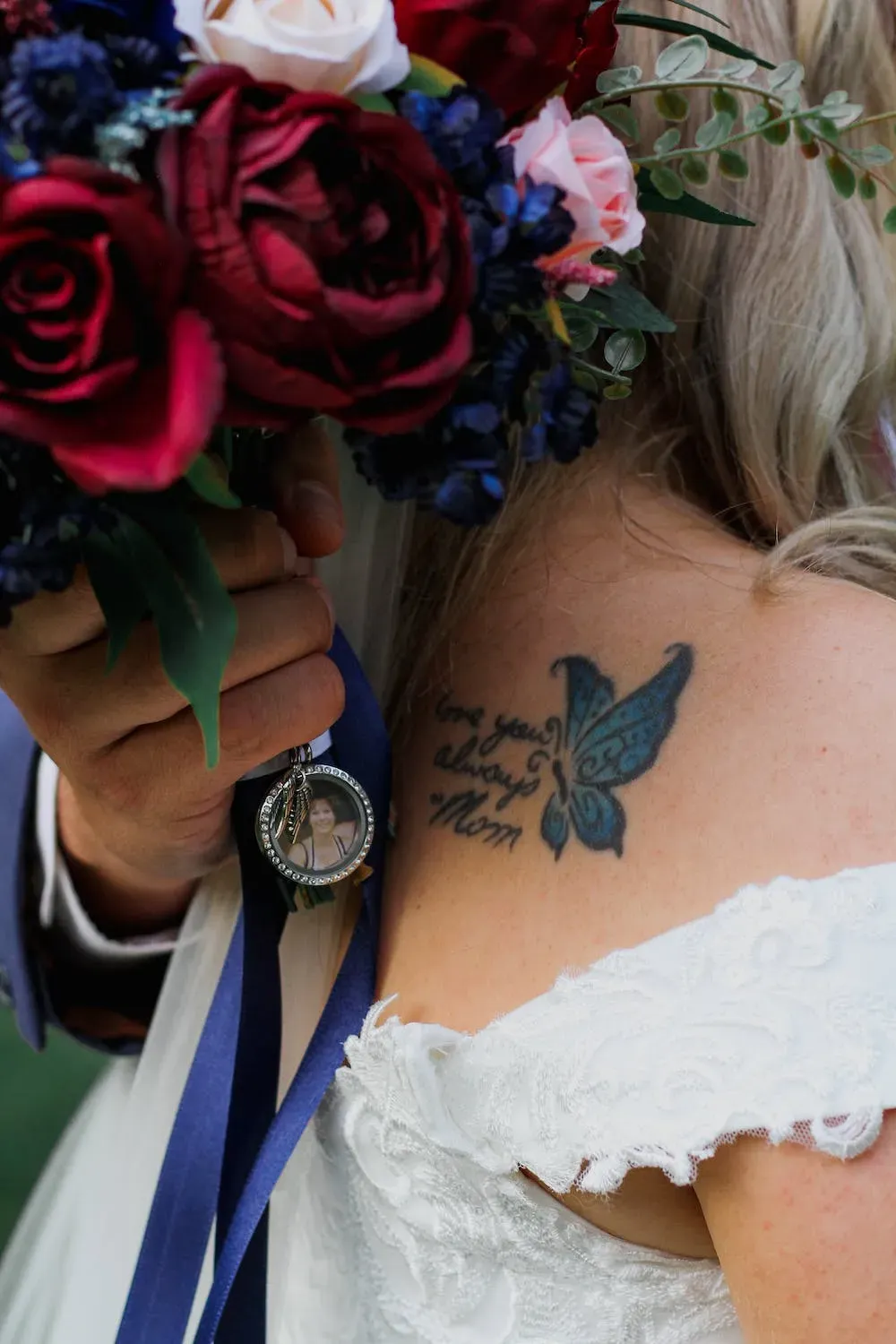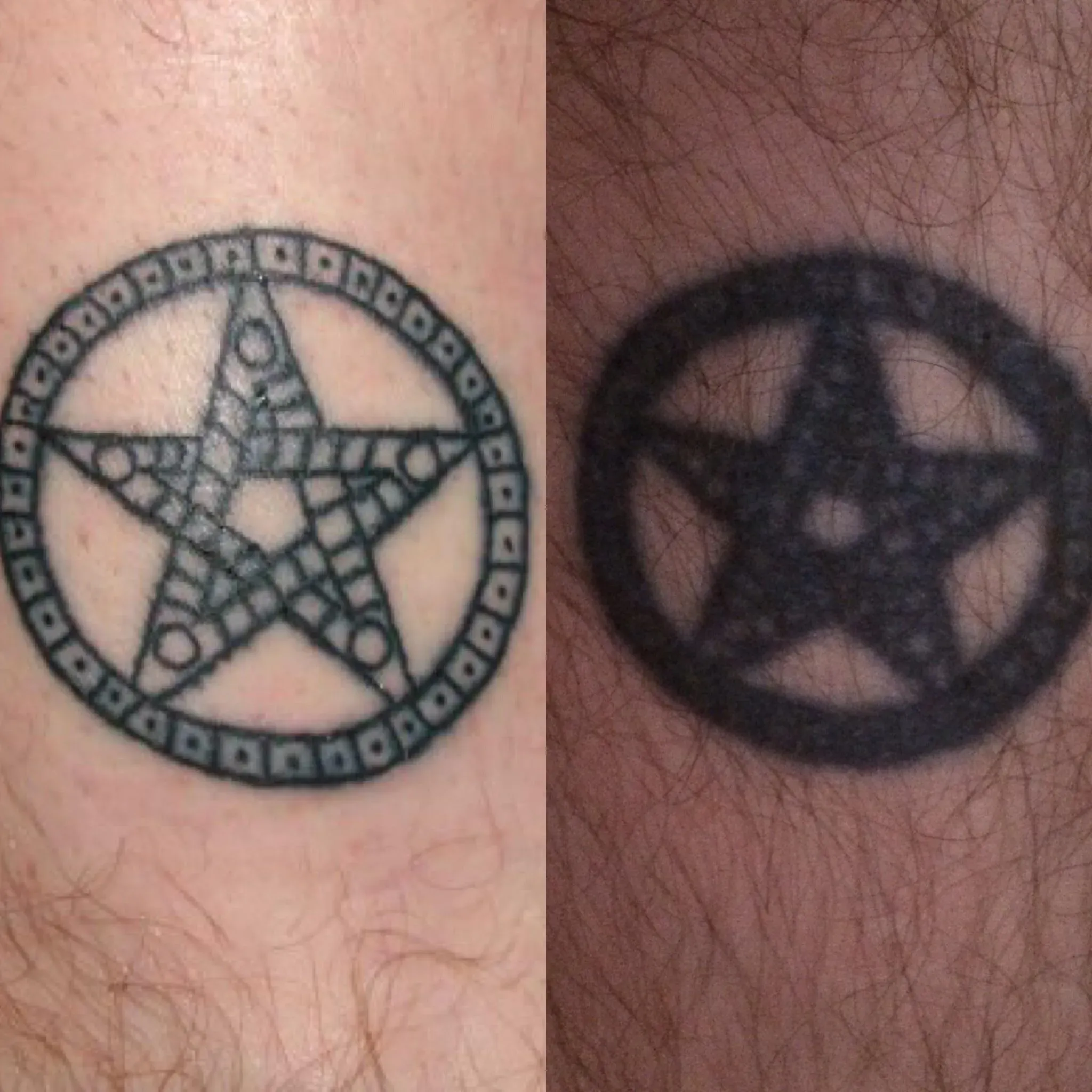Table of Contents
Getting a tattoo is a big decision. It's a piece of art you wear, ideally, for life. You spend time finding the right image, the perfect spot on your body, and an artist whose work you admire. But here's a reality check: ink changes over time. Lines blur, colors fade, and what looked sharp and vibrant fresh out of the studio might look a bit muddy or indistinct years down the road. Nobody wants a tattoo they regret because it didn't stand the test of time. That’s why thinking about tattoo designs that age well isn't just smart; it's essential planning. It's about making informed choices now so your ink continues to tell the story you intended, rather than becoming a faded, blurry mystery. This article cuts through the noise to give you the straight talk on what makes ink last, covering everything from design elements and placement to the crucial role of the artist and how you care for your piece. We'll look at the practical realities, not just the Instagram-ready photos.
Understanding How Tattoos Change Over Time
Understanding How Tattoos Change Over Time
let’s talk about the inevitable. That crisp, vibrant tattoo you walk out with? It’s not static. Think of your skin as a living canvas that’s constantly regenerating and interacting with the ink. Over time, the ink particles, which are deposited in the dermis layer, get slowly broken down by your body's immune system and shifted around by the natural processes of skin cell turnover and collagen changes. Pigments can migrate slightly, especially in areas with fine lines or dense shading, leading to that dreaded blur. Colors, particularly lighter shades and yellows, break down faster when exposed to UV light, losing their punch and sometimes disappearing entirely. Understanding How Tattoos Change Over Time isn't meant to scare you, but it’s crucial groundwork. It sets the stage for why certain designs hold up better than others and why ignoring aftercare is essentially fast-forwarding the aging process.
Key Characteristics of Tattoo Designs That Age Well
Key Characteristics of Tattoo Designs That Age Well
Bold Lines and Sufficient Space Win the Race
Look, tiny, intricate details packed super close together might look amazing the day you get them. Like, *chef's kiss* amazing. But remember that ink migration we talked about? Those fine lines bleed into each other over time. It's less of a crisp drawing and more of a Rorschach test waiting to happen. Tattoo designs that age well often lean into bolder lines and leave ample negative space between elements. Think traditional American or Japanese styles. They use distinct outlines and aren't afraid of open skin. This space gives the ink room to settle without turning into a blurry mess. It's the difference between a detailed map that becomes illegible and a simple, clear diagram that you can still read decades later. Your skin isn't fine-grain photo paper; treat it like a slightly absorbent canvas.
Color Choices and Style Longevity
Color is another major player in how your ink holds up. Vibrant colors, especially lighter ones like yellow, pink, and light blue, are notorious for fading faster than their darker counterparts. Black and gray ink, on the other hand, tend to be much more resilient. This is why many classic tattoo designs that age well heavily feature black work or a limited, high-contrast color palette. Styles like tribal, blackwork, and traditional often fare better over the long haul because they utilize these durable pigments and rely on strong shapes rather than subtle color gradients. Watercolor tattoos? Beautiful, yes, but they often lack the defining outlines needed to contain the color as it spreads, and the soft washes can disappear quickly without diligent sun protection. It's a trade-off: ephemeral beauty versus lasting impact.
- Bold outlines hold shape better than fine lines.
- Sufficient space prevents blurring and ink bleed.
- Black and gray inks are more durable than lighter colors.
- High contrast helps the design remain readable.
- Traditional, tribal, and blackwork styles often age gracefully.
- Delicate styles with soft gradients or light colors require extra care and may fade faster.
Placement, Size, and Detail: Factors Beyond Design for Aging Well
Placement, Size, and Detail: Factors Beyond Design for Aging Well
Where You Put It Matters More Than You Think
Alright, you’ve got a killer design idea, maybe something bold and blackwork, designed to be one of those tattoo designs that age well. But where are you slapping this masterpiece? Location is absolutely critical. Think about it: areas that see a lot of friction from clothing or constant movement (like wrists, elbows, knees, feet, or even your ribs if you wear tight bras) are going to experience faster ink degradation. The skin stretches, rubs, and just generally takes more abuse. Then there's sun exposure. Your forearms, hands, neck, and face are constantly hit by UV rays, which are basically tiny lasers zapping the pigment out of your skin. A stellar design placed on a spot that gets constant sun and friction is fighting a losing battle from day one. Some spots are just naturally better protected and experience less skin movement, giving your ink a fighting chance to look good for decades.
Size and Scale: Don't Try to Paint the Sistine Chapel on a Postage Stamp
This is where a lot of hopeful tattoo collectors go wrong. They see a super detailed, complex image and want it shrunk down to fit a small area, maybe the size of a coin or a deck of cards. An artist might even agree to do it. Big mistake. Remember that ink migration and blurring? When details are packed too tightly together in a small space, they have nowhere to go but into each other as the tattoo settles and ages. What starts as distinct lines and shapes becomes an indistinguishable blob. Tattoo designs that age well are scaled appropriately for their size and placement. If you want intricate detail, you need sufficient surface area to allow for spacing between elements. Your artist should be honest with you about whether a design is feasible at a certain size and still has a hope of aging gracefully. If they say it's too small for the detail you want, listen to them. They aren't trying to upsell you; they're trying to save you from a blurry disappointment.
- Areas with high friction (wrists, elbows, feet) age tattoos faster.
- Constant sun exposure fades ink, especially on forearms and hands.
- Flatter, less mobile areas (upper arms, back, thighs) often age better.
- Ensure tattoo size is appropriate for the level of detail.
- Tiny, intricate designs in small spaces are prone to blurring significantly.
- Trust your artist's advice on size and placement for longevity.
The Artist and Ink: Making Smart Choices for Tattoo Designs That Age Well
The Artist and Ink: Making Smart Choices for Tattoo Designs That Age Well
Why Your Artist's Skill is Non-Negotiable
You can have the most brilliant concept for tattoo designs that age well – perfect spacing, bold lines, smart color choices – but if the person holding the machine doesn't know what they're doing, it's all wasted effort. Think of it like building a house; the blueprint can be genius, but if the builder uses shoddy materials and cuts corners, the house won't stand for long. A skilled, experienced tattoo artist understands the skin as a medium. They know how deep to put the ink (too shallow, it falls out; too deep, it blows out and looks blurry instantly), how to pack color effectively, and how to create lines that will hold their integrity over time. They also aren't afraid to tell you if your design needs adjustments to age well. Someone who specializes in fine-line micro-realism might be incredible at it fresh, but their work often requires significant touch-ups and can blur faster than a traditional piece. Look for artists whose healed work, not just fresh photos, looks solid.
Ink Quality and Technique Matter
It's not just the hand guiding the needle; the ink itself plays a huge role in how your tattoo looks decades later. Reputable artists use high-quality pigments from trusted manufacturers. Cheaper, lower-grade inks can contain inconsistent particle sizes or questionable ingredients that lead to faster fading, color shifts, or even allergic reactions. Beyond the ink, the artist's technique is paramount. Are they working too fast? Are they stretching the skin correctly? Are they using the right needles for the job? These technical details, invisible to the client during the session, make a massive difference in the long-term stability and appearance of the tattoo. A heavy-handed artist can cause scarring and blowout, ruining even the simplest design. Conversely, a skilled technician can make intricate tattoo designs that age well look fantastic years down the line because they laid the ink properly in the first place.
Consider these questions when choosing an artist:
- Do they show photos of healed tattoos, not just fresh ones?
- Can you see examples of their work that are several years old?
- Do they use reputable ink brands (ask them!)?
- Are they transparent about their sterilization practices?
- Do they explain *why* they might suggest changes to your design for longevity?
LongTerm Care for Your Tattoo Designs That Age Well
LongTerm Care for Your Tattoo Designs That Age Well
Sunscreen is Your Tattoo's Best Friend
you've done everything right so far. You picked a solid design with bold lines, found a good spot, and went to a reputable artist who used quality ink. Great. Now, don't screw it up by letting the sun eat your investment. UV rays are the single biggest enemy of tattoo longevity. They break down the pigment particles faster than anything else, turning vibrant colors into muddy pastels and sharp black lines into fuzzy shadows. Think of your tattoo like a photograph; leave it in direct sunlight for years, and see what happens. The same goes for your skin. Slathering on a broad-spectrum sunscreen with at least SPF 30, and reapplying it regularly, especially during peak sun hours or when you're swimming, is non-negotiable. It's not just about preventing sunburn; it's about preserving the integrity of your tattoo designs that age well. Seriously, make it a habit. Your future self (and your future tattoo) will thank you.
Moisturize Like Your Skin Depends On It (Because It Does)
Healthy skin makes for a healthy-looking tattoo. Dry, flaky skin can make your ink appear dull and faded, even if the pigment is still there. Keeping your skin well-hydrated helps the tattoo stay vibrant and keeps the surface smooth, allowing the design to show through clearly. This doesn't mean drowning yourself in lotion constantly, but a consistent routine makes a difference. Use a good quality, fragrance-free moisturizer regularly, especially after showering. This is particularly important in dry climates or during winter months when skin tends to get parched. Think of it as conditioning the canvas. A well-conditioned canvas holds the paint better over time. It’s simple, but often overlooked in the quest for preserving tattoo designs that age well.
- Apply SPF 30+ sunscreen daily to exposed tattoos, even on cloudy days.
- Reapply sunscreen after swimming or heavy sweating.
- Use a fragrance-free moisturizer regularly to keep skin hydrated.
- Avoid tanning beds entirely; they are brutal on tattoos.
- Stay hydrated by drinking enough water.
Protect From Friction and Stay Healthy Overall
Beyond sun and moisture, consider the everyday wear and tear your tattoo faces. Constant friction from tight clothing, shoes, or even jewelry can contribute to ink fading and blurring over time, especially in high-rub areas. While you can't avoid clothing entirely (unless you live on a nudist colony, which is your business), be mindful of it. Maybe rethink that ankle tattoo if you live in steel-toed boots. Furthermore, your overall health impacts your skin's health, and by extension, your tattoo's appearance. Smoking, poor diet, and dehydration all negatively affect skin elasticity and regeneration, making it harder for your tattoo to look its best over the decades. Maintaining a healthy lifestyle supports your skin's ability to hold onto that ink. It's not a magic bullet, but it certainly stacks the odds in favor of your tattoo designs that age well looking good for the long haul. Ultimately, treating your body well is treating your tattoo well.
Making Your Ink Last
So, there you have it. The reality is, no tattoo stays looking exactly the same as the day it was finished. Time and skin do their thing. But choosing tattoo designs that age well isn't some dark art; it's about understanding the practicalities. It involves picking a design with substance, considering where it sits on your body, finding an artist who knows their craft, and committing to looking after the thing. Skip the trendy micro-fine lines or hyper-realistic portraits packed into a tiny space, especially on high-wear areas. Embrace designs with bold lines, adequate spacing, and strategic shading. Do your homework on artists. And for goodness sake, use sunscreen. Think of it less like defying age and more like giving your tattoo the best possible chance to look decent years down the line. It won't be perfect, but it sure beats ending up with an unidentifiable blob.